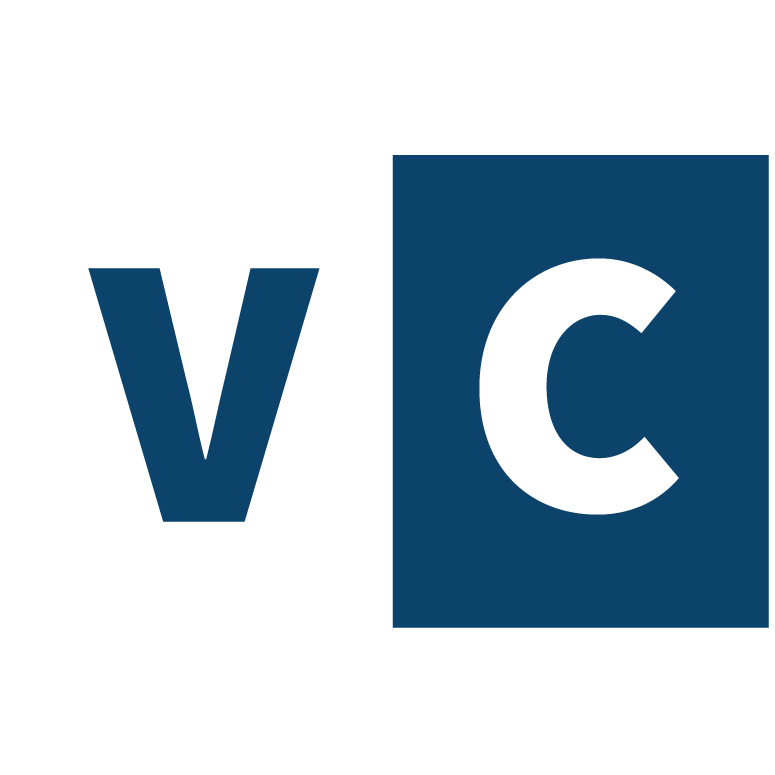163. Joe Matarese: Medical Tyranny and Its Entrepreneurial Solutions (Part 2, The Solution)

The medical care industry is so restrictive of individual freedoms — those of both of doctors and patients — that we can legitimately classify it as tyrannical. As is always the case, the solution will come from entrepreneurship, the creative and innovative response of individuals, doctors and teams and firms and their new business models to the dissatisfactions of patients and users of today’s system.
Joe Matarese is one of those innovative individuals. In episode #162 of the Economics for Business podcast, he described the nature and cause of the problem. In episode #163, he surveys the entrepreneurial solutions, some of which are beginning to emerge and some of which still lie in the future.
Key Takeaways and Actionable Insights
As with all entrepreneurial solutions, the consumer is in the driving seat.
The consumer — in this case, the patient — are clear in what they want, and what they don’t always get: quality care, accessible and convenient, at an affordable price.
Their definition of quality includes the alignment of interests between medical professionals and patients. Accessibility and convenience result from timely response to patient needs as opposed to lines, waiting rooms and delays. Affordable prices will arise when pricing is open as opposed to hidden behind the veil of insurance, co-pays, and healthcare-as-a-benefit rather than as an economic good.
Direct Primary Care is the business model that aligns doctor and patient interests.
The new emerging model of membership-based primary care (see BigTreeMedical.com) is a doctor or a small team of doctors setting up an independent practice and recruiting a customer base of subscription-paying patients. In return for a monthly or annual subscription, the patient enjoys access, and one-on-one consultations on demand (usually via tele-medicine visits). The doctor is often networked into a pharmacy (or the practice obtain a pharmacy license) so the patients access to drugs is facilitated, and the prices of drugs to the patient can be lowered.
Most importantly, the patients are able to build a strong relationship with their primary care doctor. Health monitoring can be closer and more personalized, and early treatment — one of the most important variables in medical care efficacy — can be facilitated.
The direct primary care practice is networked into specialists and treatment centers so that the doctor and patient together can choose the treatment pathway that is best for the individual — tailored to individual circumstances and needs.
Personalized technology supplements the Direct Primary Care model, greatly enhancing the health outcome benefits for the patient.
The direct primary care model and one-on-one patient-physician relationship provide the ideal conditions for the deployment of modern personalized technologies. Condition-monitoring watches and wristbands and other wearable or portable consumer electronics can provide the doctor with monitoring data and send an alert for any change in condition or abnormal reading. The doctor or patient can call for an immediate diagnostic consultation.
A direct primary care practice can be networked into an imaging center and a testing center for supplemental data acquisition — many of the new devices are mobile and can come to the patient, rather than vice versa, or can provide more immediate and convenient accessibility.
Personalized networked tech provides a new infrastructure for patient-directed monitoring and analysis (whereas the Obamacare “standard of practice” protocol predetermines what tests and diagnostics a patient can access, locked behind a bureaucratic gateway).
An entrepreneurial ecosystem of services will emerge to support the Direct Primary Care model.
The opportunities for entrepreneurs in the new medical care ecosystem are, to use Joe Matarese’s word, endless. He cited, as an example, the Surgery Center Of Oklahoma (SurgeryCenterOK.com), which posts cash prices for surgeries online (no hidden fees), and can usually provide service within 24 hours. They take no insurance and patients pay cash. On a broader geographic scale, medical tourism destinations with open pricing give patients the opportunity to find best pricing and provide the latest equipment and top doctors.
There are cost sharing services such as Sedera (Sedera.com) that offer new ways for patients to pay for healthcare in a peer-to-peer sharing of large unexpected medical costs. Sedera’s Cash Pay Directory provides educational resources and shopping tools to “help members become savvy healthcare shoppers”.
There are negotiation vendors who help patients to get fair pricing on medical bills from the big hospital conglomerates. There are online pharmacy vendors, like Mark Cuban’s Cost Plus Drug Company (CostPlusDrugs.com), to help patients shop for the best drug values.
There are entrepreneurial services like Freedom Health Works (FreedomHealthWorks.com) to help Direct Primary Care doctors with billing systems, office tech and the business infrastructure for a modern practice.
In the entrepreneurial world of healthcare, entrepreneurs compete to provide the best and most affordable services ecosystem so that patients can enjoy the best healthcare.
Open pricing and cash payments are an important component of the new system.
A big problem, perhaps the biggest problem, with the current medical care system is that the price system is not able to work in the way that it works in free markets. As Joe put it in episode #161, medical care system is “price-less”. Because payments are made by a third-party payer and not by the individual consumer, pricing becomes opaque to the user and economic calculation is rendered impossible. The third-party payment veil has resulted in price escalation and price manipulation and multiple prices for the same procedure at the same facility depending on whether the payments are immediate or deferred and the degree of bureaucratic and regulatory involvement.
If patients were to pay cash for treatments, they could make better decisions about exchange value. Catastrophic insurance for unexpected and rare events would make the use of insurance more like its application in car insurance and fire insurance — a properly priced optional spreading of risk for unexpected future events.
Consumers and physicians will collaborate in the creation of a parallel system for medical care.
Joe Matarese believes the status quo medical care edifice is too rigid and entangled to reform. The solution lies in a parallel system. If consumers activate their demand for improvements in quality, accessibility, convenience and payments systems, entrepreneurs will respond with new market-based offerings. Customers will flock to them because of the benefits they perceive in contrast to the current system. Market feedback loops of satisfaction and dissatisfaction will rapidly fine-tune the new parallel system to a higher level of value and acceptance. Joe estimates that to will take only 5-10 years for the new system to take over.
Additional Resources
“Entrepreneurial Solutions to Medical Tyranny” (PDF): Mises.org/E4B_163_PDF
Medicus Healthcare Solutions: MedicusHCS.com


Responses